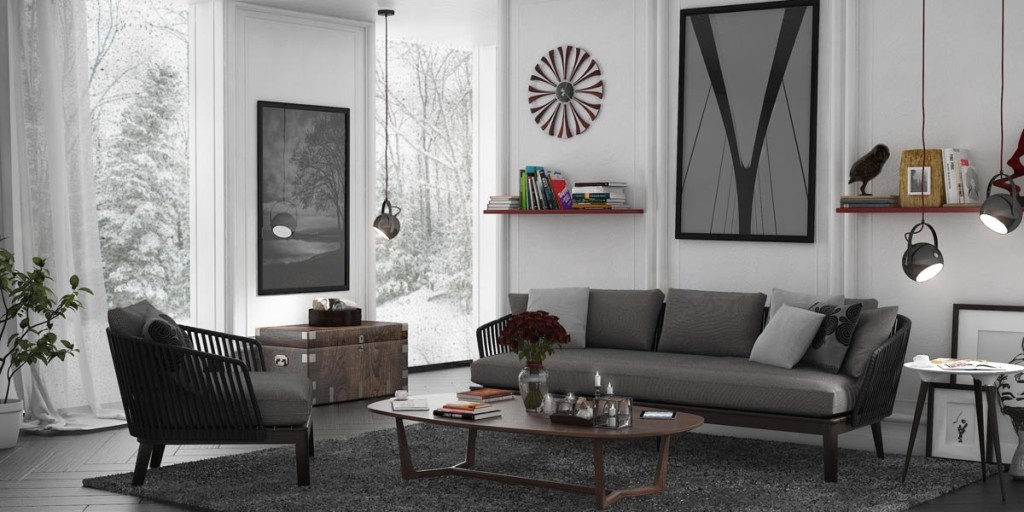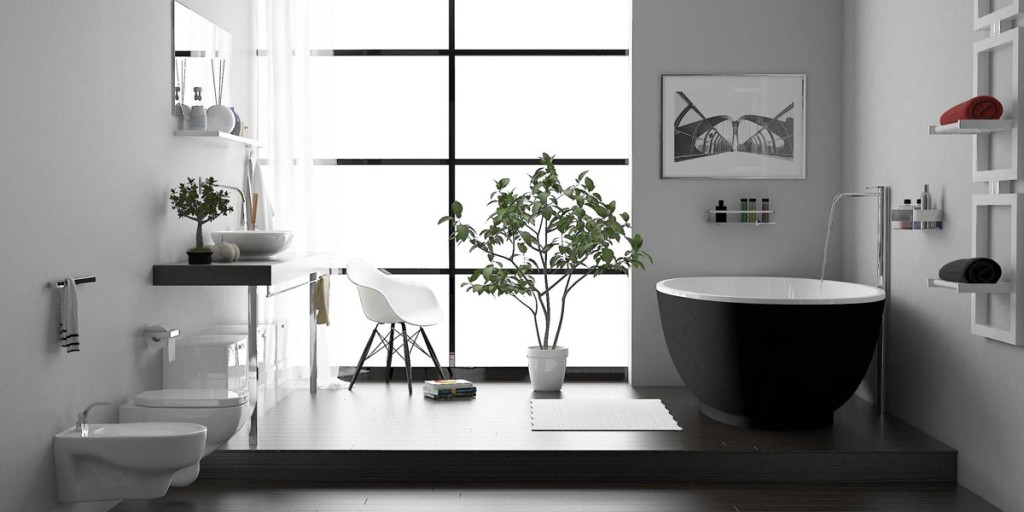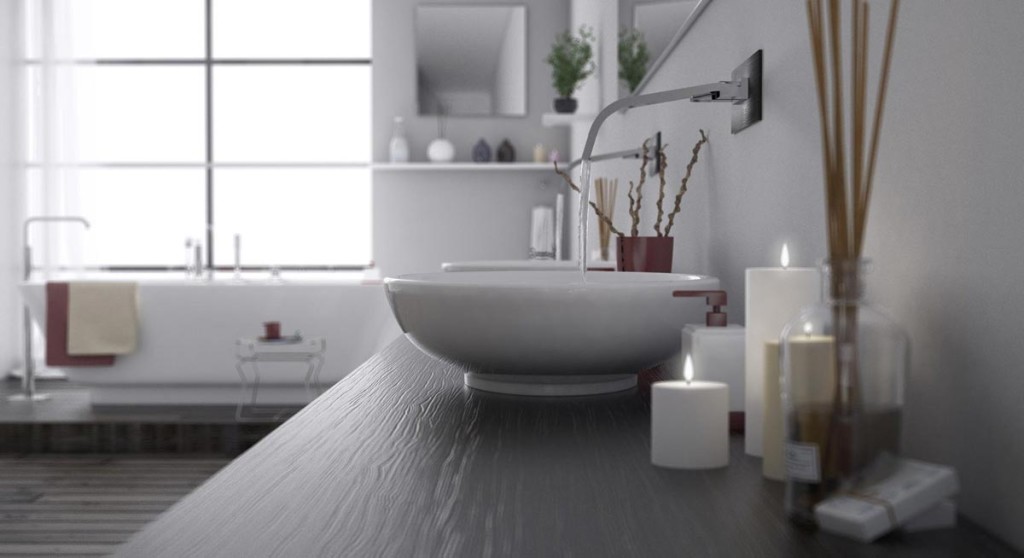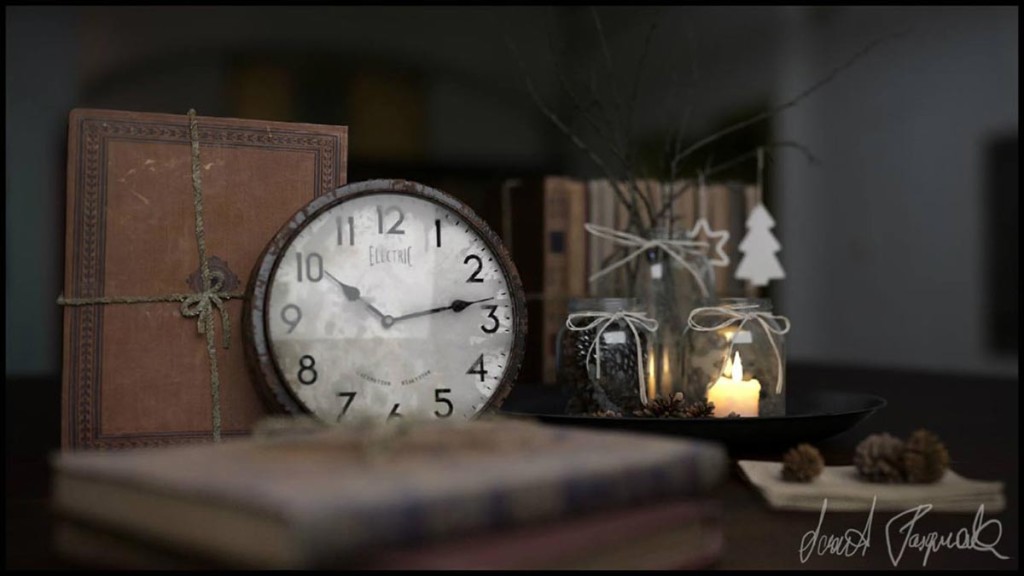Brief:
Area of living: Milan, Italy
Working as freelancer 3D artist more than 10 years. Owner of Sciontidesign
Expertise: Interior
Project duration: 2-3 days per small interior
Software using: Cinema4D, VRay, Maxwell…
You can find Pasquale:
- Modeling and assets insertion
- Lighting creation with grey models material to see how it behaves
- Applying materials to scene
- Creating and setting camera views
- Attention to details and material mapping
- Final render output
- Postproduction in Photoshop CC
- The complexity of scene to create
- The output resolution that client requires
- The number of camera views
- If there is any modeling involved
- Number of changes that client applied
- If post-production needed








